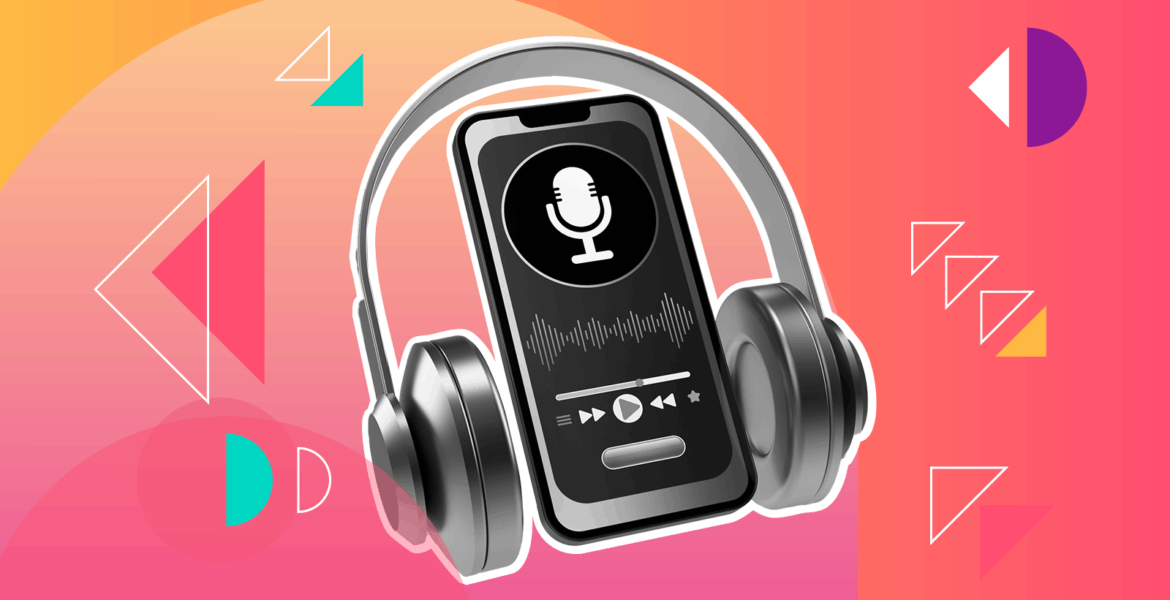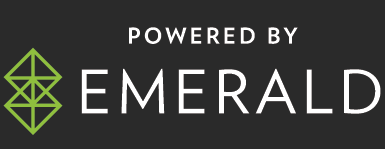By Paul Kelly, CEO, AMA
Between its Q1 earnings call and a series of new partnerships, The Trade Desk has made it clear it’s serious about programmatic digital audio. TTD’s mission has always centered on the open web – helping advertisers invest beyond the confines of walled gardens. Programmatic audio fits squarely within that mission, encompassing ad-supported music streaming and podcasts.
The timing is right. Advertisers are lining up to invest in programmatic audio, a market expected to hit $2.26 billion in 2025 – up sharply from $1.78 billion in 2024. TTD’s deepening commitment to the space is both timely and significant. With its market influence and recent moves, TTD is well-positioned to help programmatic audio claim its rightful share of ad budgets.
At the same time, Spotify and other major audio platforms are opening up their inventory through new DSP and SSP integrations – a notable shift for the industry. TTD’s early and vocal embrace of programmatic audio is likely to accelerate adoption and raise awareness of the channel’s potential. Here’s what that could mean for the industry.
Programmatic audio will no longer be underlooked and undervalued.
Programmatic audio has long been underutilized. While programmatic channels account for 90% of display ad spend, they represent just 30% of digital audio. That gap is starting to close – and TTD’s attention could help drive the shift. Digital audio is effectively an always-on medium, woven into countless moments throughout our daily lives. Programmatic access allows advertisers to reach consumers across a wide range of environments and mindsets, driving efficiency and relevance across the funnel. And because audio is so personal and immersive, it’s uniquely suited to personalized messaging that feels both resonant and interactive.
TTD’s expansion into programmatic audio opens the door to more ad spend.
But it’s not just TTD. Spotify, through its ad exchange SAX, has partnered with several leading DSPs and adopted alternative IDs like UID 2.0 to boost addressability. Spotify, SiriusXM, and iHeartMedia – who together represent just under half of the digital audio ad market – are rolling out advanced programmatic options, including private marketplaces (PMPs) and programmatic guaranteed deals. These tools give brands greater flexibility and control over how and where they spend.
Programmatic audio is also expanding beyond music into podcasts, unlocking a broader range of listening contexts that can align closely with campaign goals and messaging. That flexibility, combined with the measurement advantages of logged-in audio audiences, is especially appealing to brands eager to invest in podcasts. Podcasts currently account for 33.8% of digital audio ad spend but just 11.9% of programmatic audio spend – a gap that’s likely to shrink as scale and access improve.
The surge in programmatic audio inventory is being matched by rapid advances in audio ad technology – especially AI, making TTD’s push well-timed.
To meet growing demand for personalization at scale, AI is streamlining what was once a manual, resource-heavy process: creating creative variations, including voiceovers, tailored to different audiences and contexts. It also enhances targeting by processing a wider range of contextual signals, improving relevance, minimizing waste, and helping ensure or improve brand safety and suitability. In a medium that’s always on, this kind of optimization matters. AI-powered personalization, combined with audio’s addressability, allows brands to deliver geo-specific and audience-specific calls to action. Meanwhile, synthetic voice tech is making it possible to dynamically scale host-read-style ads while preserving the authenticity and tone listeners expect. For a multi-location retailer, for example, this is a huge innovation and opportunity.
The message is clear: programmatic audio is no longer a niche channel. With The Trade Desk increasingly emphasizing the value, supported by major platforms opening up programmatic access to inventory and AI making personalization scalable, digital audio is entering a new era. As walled gardens give way to open, flexible, and data-rich environments, brands have a real opportunity to reimagine how they connect with listeners – and maximize the value of an always-on, deeply personal medium.



